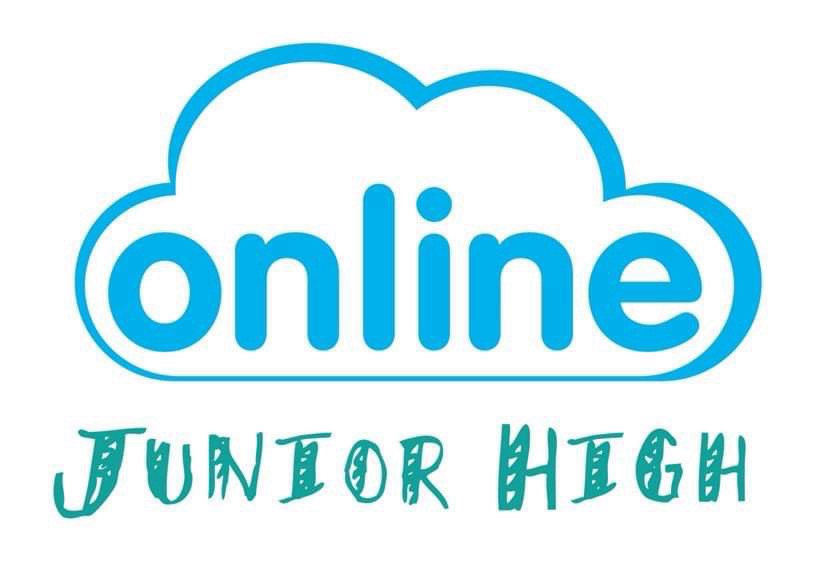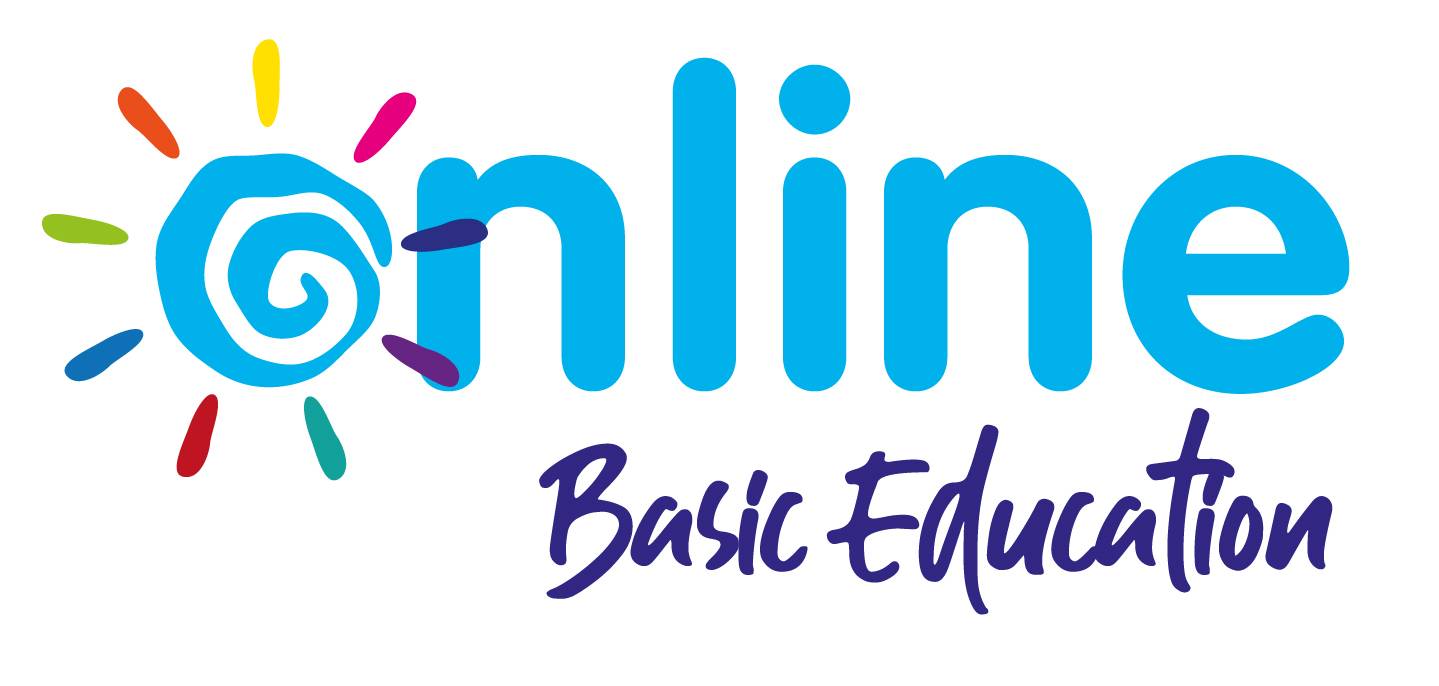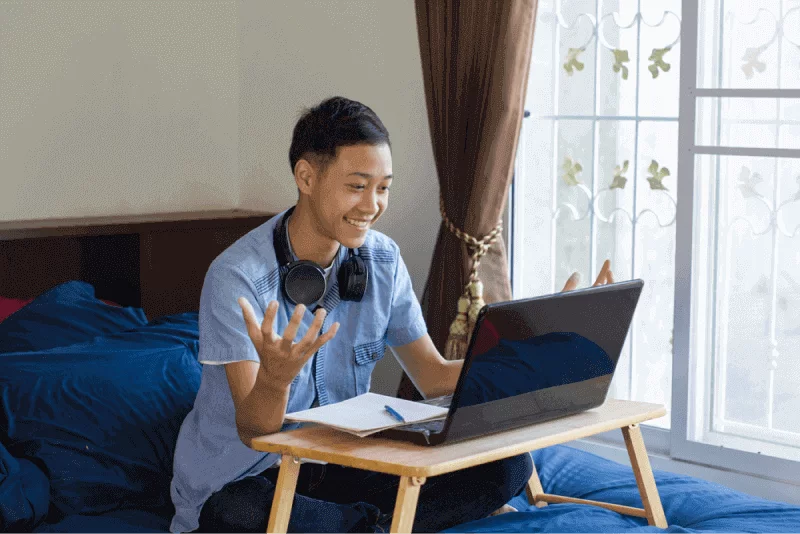The rise of online education has transformed the way students learn, offering flexibility and accessibility like never before. However, managing screen time for online SHS students has become a growing concern, as excessive screen use can lead to physical, mental, and emotional challenges.
A study highlights that excessive screen time is linked to health issues like obesity, musculoskeletal pain, anxiety, and sleep disturbances among students. The research emphasizes the need for effective screen time management strategies that promote balanced technology use while fostering healthier study habits
For senior high school (SHS) students, balancing the demands of online learning with healthy habits is essential for overall well-being and academic success.
In this article, we’ll explore how to manage screen time for online SHS students, share effective tips and strategies, and highlight the benefits of managing screen time for SHS students effectively.
Understanding the Importance of Screen Time Management
For SHS students enrolled in elearning for SHS programs, much of their daily activities involve staring at screens. From attending virtual classes to completing assignments and research, screen time is inevitable. However, excessive exposure can lead to:
Digital Eye Strain
Extended use of screens can result in digital eye strain, often referred to as computer vision syndrome (CVS). This condition includes various visual and eye-related symptoms. Frequently reported issues are discomfort in the eyes, dryness, fatigue, blurred vision, and headaches.
Physical Strain
In addition to eye strain, prolonged screen time can result in physical strain due to poor posture while using devices. Many students and professionals often find themselves hunched over laptops or leaning onto screens, which can lead to back pain and repetitive strain injuries.
This poor ergonomic positioning places undue stress on the neck and shoulders, contributing to discomfort and chronic pain over time.
Mental Fatigue
Constant screen exposure can lead to mental fatigue, which significantly reduces focus and increases stress levels. The cognitive load associated with processing information from screens can be overwhelming, particularly for students balancing multiple subjects in online learning environments.
To ensure a healthy balance, students and parents must implement strategies that promote efficient screen use and overall wellness.
10 Tips on Managing Screen Time for Online SHS Students
How can SHS students manage screen time effectively? Here are some effective strategies that can help students enrolled in online K12 programs manage their screen time:
Follow the 20-20-20 Rule
Every 20 minutes, remind students to gaze at an object 20 feet away for a minimum of 20 seconds. This habit helps alleviate eye strain and supports sustained focus during extended periods of screen use.
Create a Structured Schedule
A well-structured daily routine allows students to allocate specific times for study, breaks, and extracurricular activities. Use a planner or digital calendar to include time for hobbies, exercise, and social interactions.
Take Regular Breaks
Taking breaks between classes or tasks refreshes the mind and body. Encourage SHS students to stand, stretch, or take a quick walk to minimize the risks of sitting for too long.
Optimize the Study Environment
Ensure proper lighting to prevent glare on screens. You can also adjust screen settings of your laptop or mobile phone, such as brightness and font size, for comfort. Use ergonomic furniture to maintain good posture.
For students pursuing strands like the STEM strand or ICT strand, a distraction-free workspace enhances focus and productivity.
Set Device-Free Zones
Establish areas in the house where electronic devices are not allowed, such as dining spaces and bedrooms. This helps SHS students develop healthier boundaries between academic and personal life.
Limit Non-Educational Screen Use
Students in ABM strand or HUMSS strand programs often require screen time for research and assignments. However, non-educational screen activities, like gaming or social media, should be minimized during study hours.
Encourage Offline Activities
Promote activities like reading physical books, engaging in sports, or exploring creative hobbies. These offline alternatives reduce reliance on digital devices and enhance overall well-being.
Monitor Screen Time
Use apps or built-in device features to track screen time. Analyzing this data can help identify patterns and areas where adjustments are needed.
Emphasize Sleep Hygiene
Screen exposure, especially before bedtime, disrupts sleep quality. Encourage students to power down devices at least an hour before sleeping to ensure restful nights.
Foster Open Communication
Maintain open lines of communication between students, parents, and educators regarding screen time management. Discussing screen usage habits, setting expectations together, and sharing concerns can create a supportive environment that encourages responsible technology use.
By implementing these ten strategies, SHS students can effectively manage their screen time while enhancing their academic performance and overall well-being in an increasingly digital world.
Benefits of Managing Screen Time for SHS Students
Effective screen time management offers numerous benefits, including:
Improved Physical Health
Minimizing prolonged screen use reduces the risk of eye strain, poor posture, and related health issues. This is particularly beneficial for students in physically demanding strands like the TVL strand.
Research shows that excessive screen time can lead to musculoskeletal pain and vision problems, including dry eyes and blurred vision.
Enhanced Academic Performance
A balanced approach to screen use enables students to focus better during lessons, retain information effectively, and complete tasks efficiently.
Studies indicate that educational screen time can positively impact persistence and academic outcomes while minimizing negative health effects
Better Emotional Well-being
Less screen time can lower stress levels, boost mood, and improve interpersonal relationships by encouraging face-to-face interactions.
Development of Healthy Habits
Learning to manage screen time early fosters lifelong habits that contribute to a healthier lifestyle.
Practical Tools and Resources for Screen Time Management
Several tools and practices can support SHS students in managing their screen time:
Blue Light Filters
Blue light filters are crucial for reducing eye strain caused by prolonged screen exposure. These filters can be either software-based, such as apps that adjust the color temperature of screens, or physical filters that can be placed over devices.
By utilizing blue light filters, students can protect their eye health while engaging in necessary screen time.
Productivity Apps
Tools like timers and task managers help students stay organized and focused.
For example, the Pomodoro Technique involves using a timer to work for 25 minutes, followed by a 5-minute break, which can improve focus and help avoid burnout. Furthermore, task management applications like Trello enable students to prioritize their assignments and monitor their progress.
Parental Controls
For younger students, parental controls ensure balanced screen use and safe browsing. These controls allow parents to set time limits on device usage, block inappropriate content, and monitor online activities.
By establishing clear boundaries around screen time, parents can help their children develop healthier habits while still allowing them access to educational resources.
Students enrolled in GAS strand programs can benefit greatly from these resources as they often balance multiple disciplines.
Achieving Balance in Online Learning
Online learning has revolutionized education, but it also requires students to be mindful of their habits. Managing screen time effectively is key to thriving in an online learning environment.
By implementing these strategies, SHS students can maintain a healthy balance that supports their physical health, mental clarity, and academic success. For parents and guardians, guiding students to adopt these habits is essential. Help them establish boundaries, monitor their activities, and encourage engaging offline pursuits to create a well-rounded routine.
Are you ready to explore an enriching online learning experience that prioritizes student well-being and academic success? Discover the diverse strands offered in OEd SHS programs.
Whether you’re passionate about STEM, ABM, HUMSS, or other fields, OEd SHS provides the tools and guidance to help students succeed in today’s digital world.
Visit our website today and find the perfect strand to match your interests and aspirations. Enroll now to start your journey toward a balanced and successful online learning experience.







